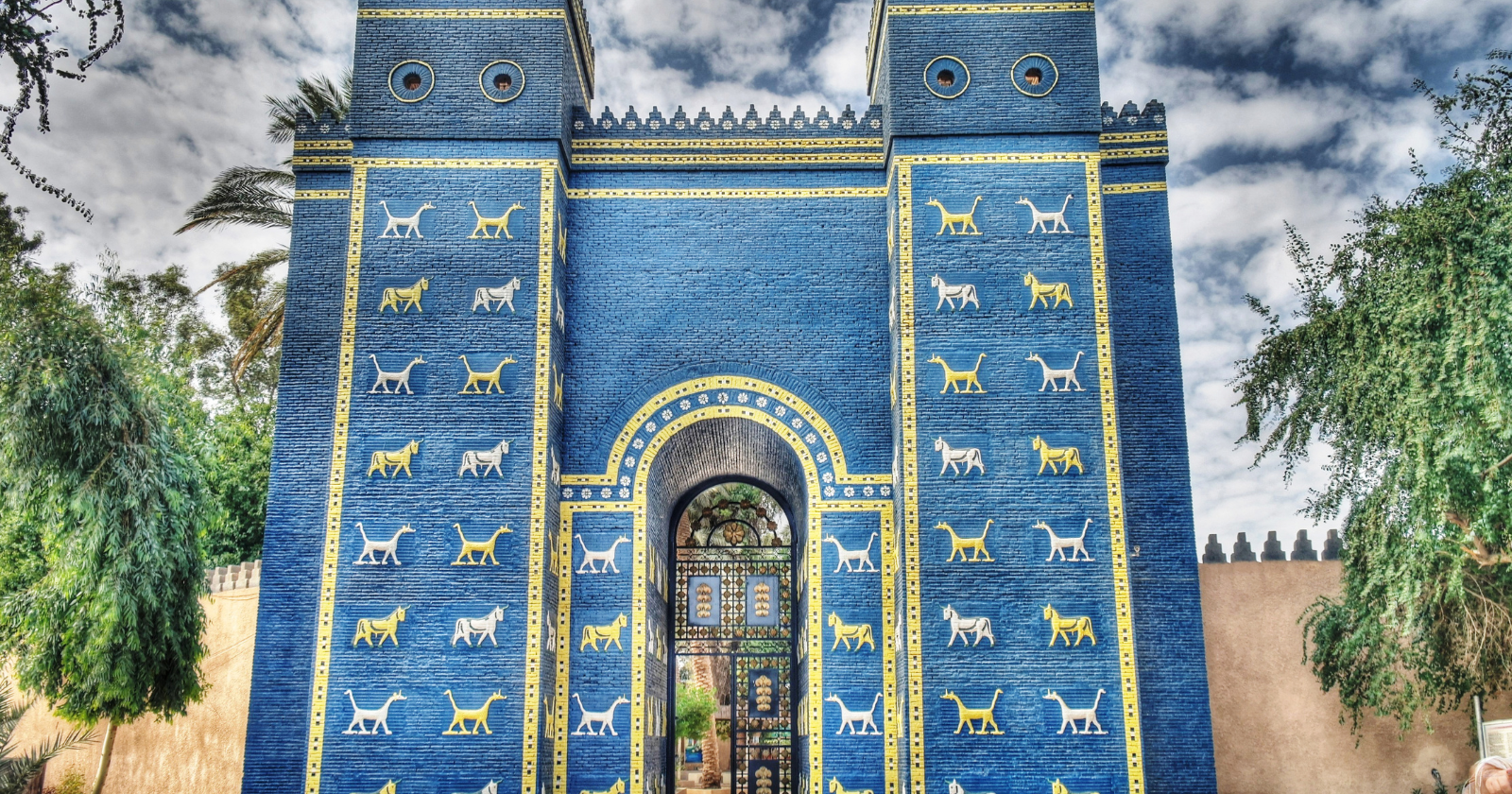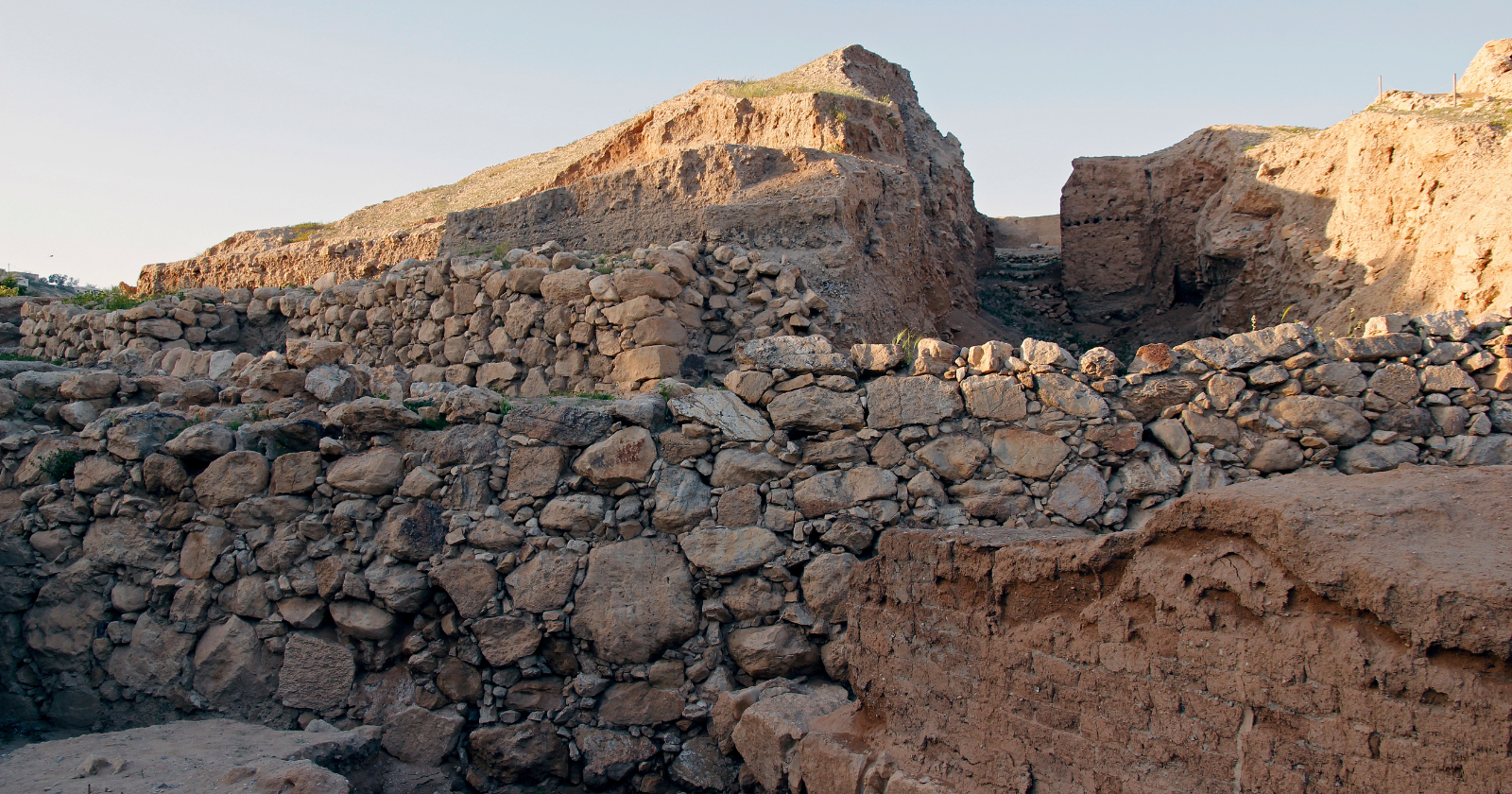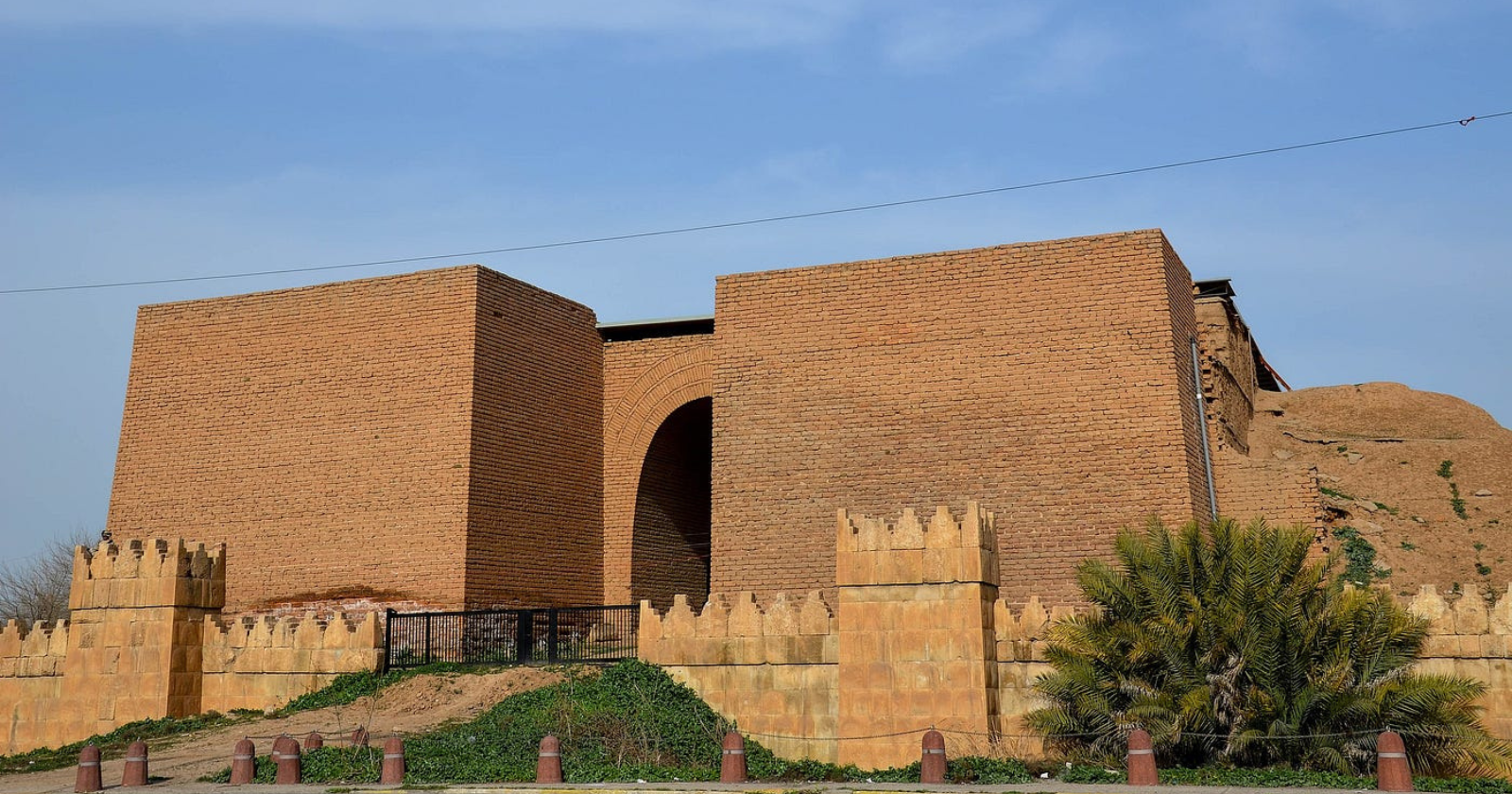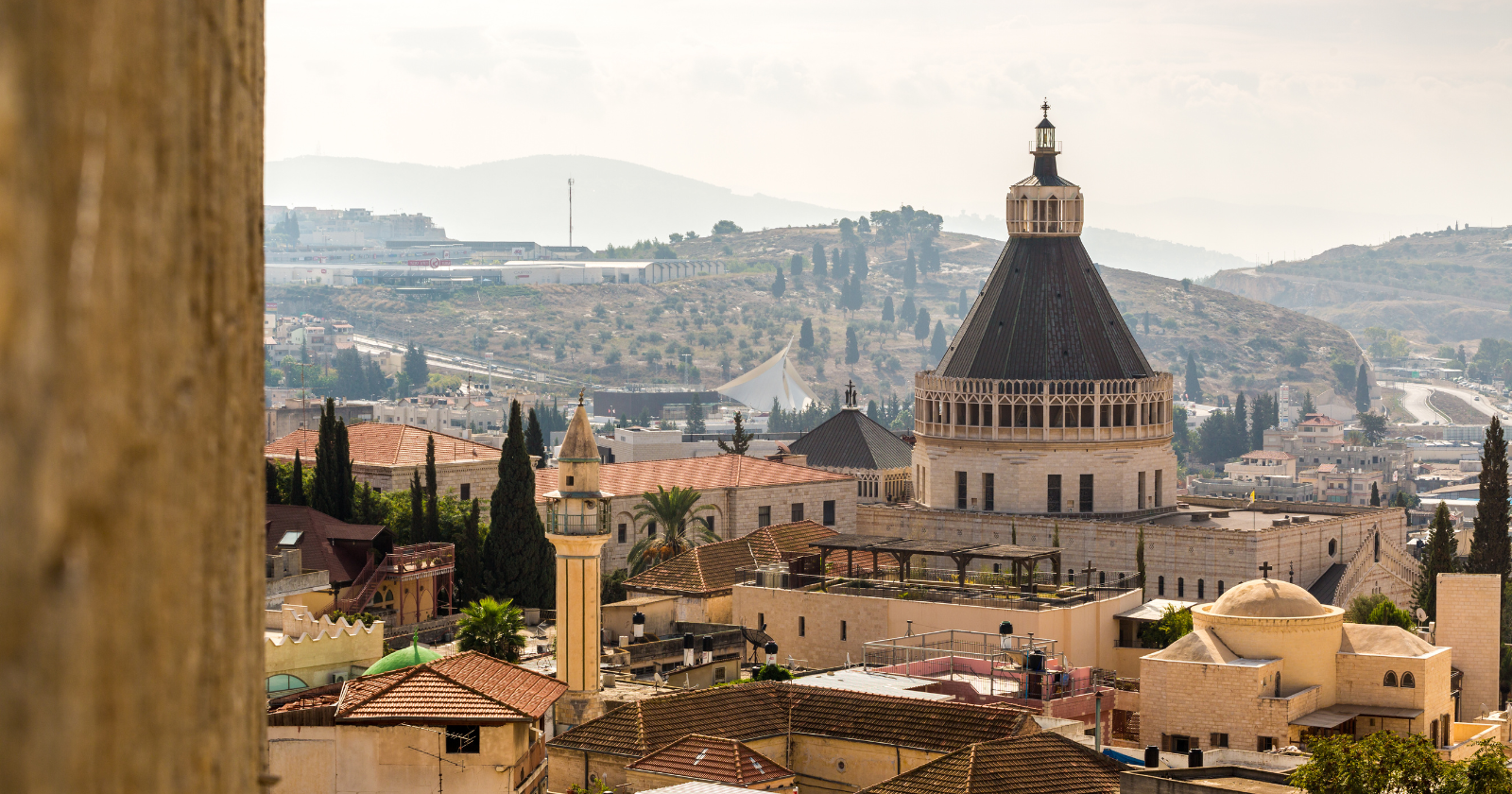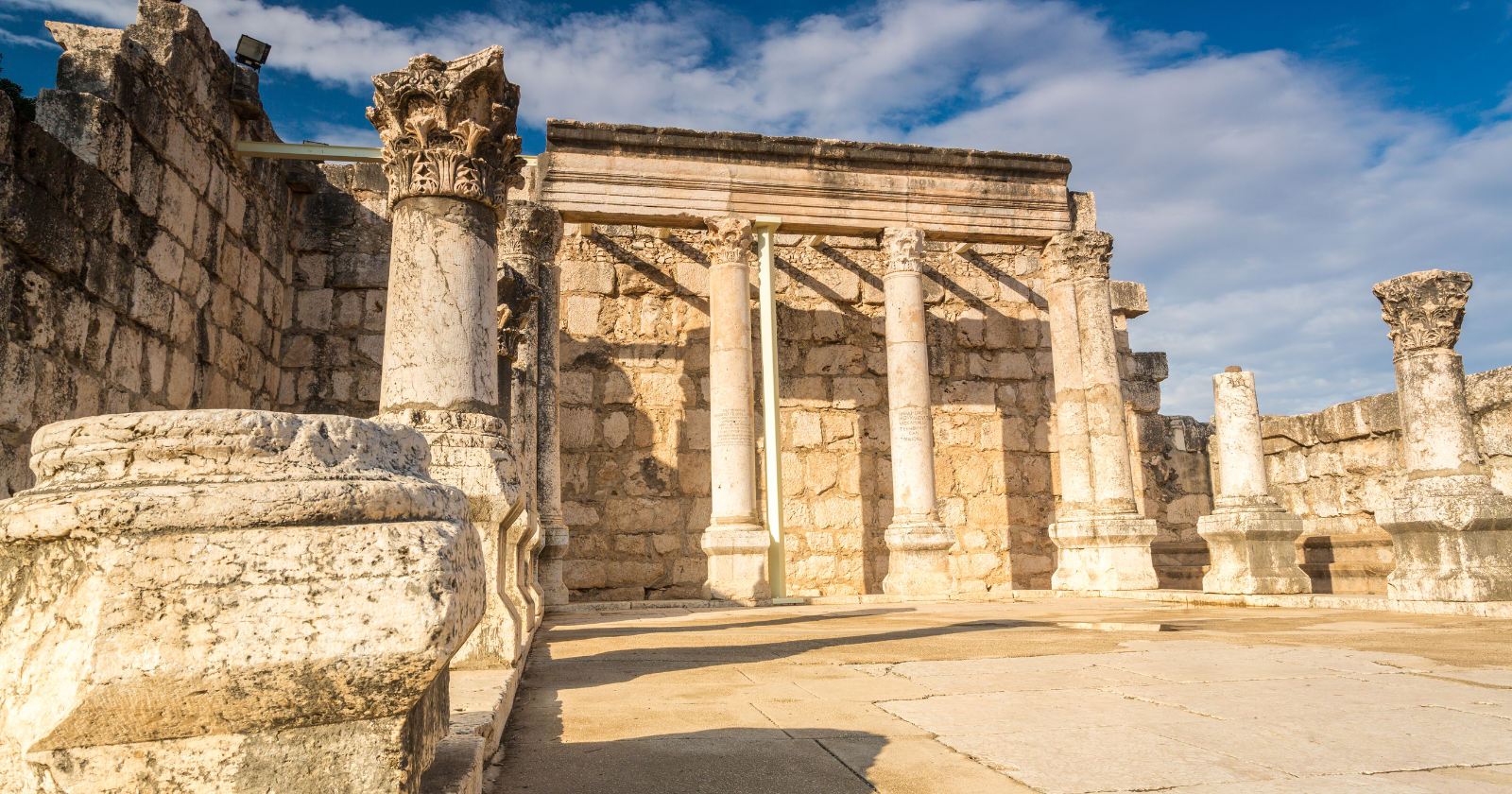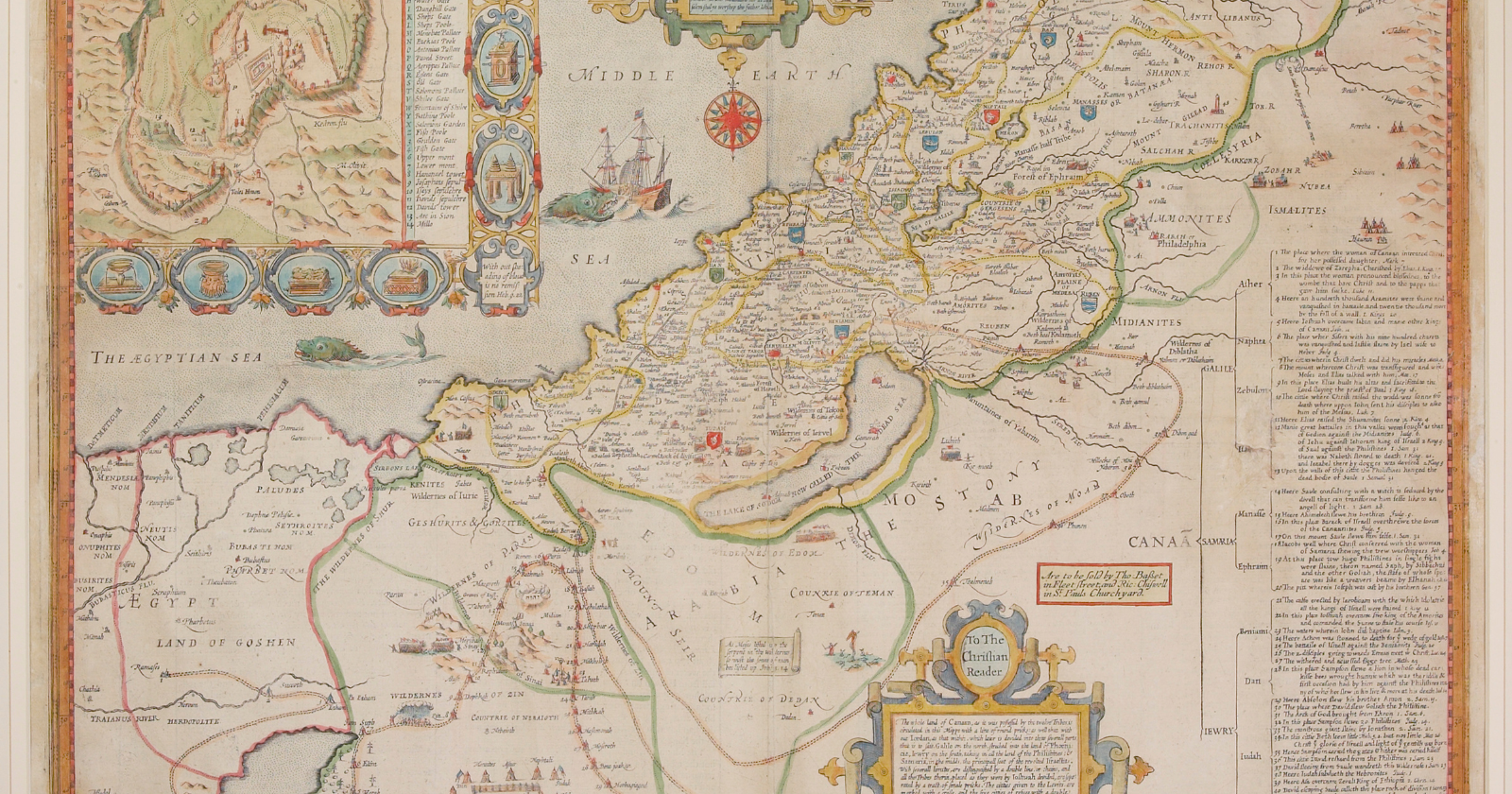Step back in time with us as we navigate the ancient landscapes of the Bible, where cities are not just dots on a map but epicenters of faith, miracles, and divine messages.
Among these, certain cities stand out due to the frequency of their mentions, reflecting their profound impact on biblical history and theology.
Imagine walking through the streets of Jerusalem, feeling the walls of Jericho tremble underfoot, and standing at the gates of Babylon.
These cities are witnesses to history, stages for profound narratives, and testaments to the power of faith.
Let’s explore the top 10 most frequently mentioned cities in the Bible and unearth the stories and significance they hold within the sacred text.
The significance of cities in the Bible
Cities play a crucial role in the narrative of the Bible, serving as a backdrop and catalyst for major events, prophecies, and teachings.
Their frequent mentions are not mere geographical markers but profound signifiers of spiritual, historical, and cultural contexts.
These cities symbolize transformative epochs in biblical history.
For instance, Bethlehem’s mention is synonymous with the birthplace of Jesus Christ. Jerusalem, on the other hand, signifies a city of great spiritual importance for Christians, Jews, and Muslims alike.
By studying these frequently mentioned cities, we not only gain geographical insights but also enhance our understanding of biblical themes and narratives.
Now let’s move on to unveiling the top 10 most frequently mentioned cities in the Bible.
1. Jerusalem: The city at the heart of the Scriptures
Jerusalem holds a central place in biblical narratives, mentioned a staggering 811 times in the Bible.
Its prominence isn’t merely about its frequency of mention but rather its significant role in the unfolding of biblical history and prophecy.
This ancient city is often depicted as the spiritual center for Jews, Christians, and Muslims alike.
It’s the city where King David established his capital and where Solomon built the First Temple to house the Ark of the Covenant.
Moreover, Jerusalem is where Jesus Christ was crucified and resurrected, integral events in the Christian faith.
That’s how this city embodies various symbolic meanings.
At times, it represents peace, unity, and divine presence. However, it also stands for conflict, division, and judgment in other contexts.
2. Babylon: The city of exile and revelation
With a profound biblical significance, Babylon stands out as a city of great interest.
It’s mentioned approximately 286 times in the Scripture.
Babylon, however, resonates not for its frequency of mention alone, but for the pivotal role it plays in the Bible’s narrative.
It’s most renowned as the city where the Jews were exiled after the destruction of Jerusalem by Nebuchadnezzar — King of Babylon.
This period of Babylonian captivity was a time of trial and transformation for the Israelites, shaping their identity and faith.
What’s more, Babylon is also central to apocalyptic literature in the Book of Revelation, where it symbolizes worldly corruption and ultimate destruction.
As such, Babylon isn’t just a historical city. It’s a biblical symbol embodying themes of exile, judgement, and hope.
3. Jericho: A city of miracles and faith
“By faith the walls of Jericho fell down, after they were compassed about seven days.” (Hebrews 11:30)
Next on our list is Jericho, appearing about 64 times in the Bible.
This ancient city, however, has a unique significance that goes beyond its frequency of mention.
Jericho is famed for the miraculous event where its impenetrable walls collapsed after the Israelites, led by Joshua, marched around them for seven days.
As you probably already know, this event wasn’t just a military victory. Instead, it was a testament to faith’s power and God’s providence.
Keep in mind that Jericho is where Jesus performed the miracle of restoring sight to Bartimaeus, a blind beggar. And this fact testifies to the transformative power of faith and divine mercy.
4. Nineveh: A city of repentance and mercy
Nineveh, mentioned over 19 times in the Bible, is predominantly recognized through the story of Prophet Jonah.
This ancient city, once the sprawling capital of the Assyrian Empire, became a symbol of God’s mercy and the transformative power of repentance.
The tale of Jonah, who was sent to Nineveh to warn its inhabitants of impending divine wrath due to their wickedness, underscores a pivotal biblical theme: redemption.
Despite Jonah’s initial reluctance and the city’s notorious reputation for sin, the people of Nineveh’s collective decision to repent led to God sparing the city from destruction.
This story highlights several critical lessons:
- The potential for change within individuals and communities, regardless of past transgressions.
- The universal scope of God’s compassion and willingness to forgive those who turn back to Him.
- The power of prophetic warning and its role in guiding people towards righteousness.
Did you know? Nineveh’s repentance is one of the rare instances in the Bible where an entire city turned to God, demonstrating the collective power of repentance and God’s boundless mercy.
7. Nazareth: The humble city of the Messiah
Nazareth, though mentioned only 12 times in the New Testament, holds a significant role in the life of Jesus Christ.
It’s where Jesus spent most of His life, often referred to as “Jesus of Nazareth”.
This humble city is where the Messiah was raised, shaping His early years before His public ministry began.
In Nazareth, Jesus grew up under the care of His parents, Mary and Joseph. This simple, ordinary town was the environment that nurtured Him during His formative years.
It’s where He learned his earthly father’s trade – carpentry.
Nazareth teaches us that even the most ordinary places can be part of extraordinary divine plans. It’s a testament to God’s ability to work through humility and simplicity to achieve His divine purpose.
6. Capernaum: The city of Jesus’ miracles
Capernaum, though not as frequently mentioned as Jerusalem or Babylon, has a special place in the New Testament.
This city is significant for being the center of Jesus’ ministry in Galilee. It’s mentioned around 50 times across the gospels.
In Capernaum, Jesus performed numerous miracles that affirmed His divine nature and underlined key spiritual teachings. These miracles include:
- Healing the servant of a Roman centurion
- Driving out an impure spirit from a man in a synagogue
- Curing Peter’s mother-in-law of a fever
Capernaum was also where Jesus delivered the “Bread of Life” discourse, one of His most profound teachings that emphasized faith in Him as the pathway to eternal life.
Simply put, Capernaum is a site where faith, compassion, and divine miracles converge, providing us with powerful insights into Jesus’ ministry and teachings.
7. Bethel: A city of divine encounters
Bethel, meaning “House of God,” is mentioned over 60 times in the Old Testament.
Have you ever wondered how a place can become a pivotal point for divine encounters?
Well, Bethel offers us such a story.
This city was the stage for some of the most significant spiritual experiences in biblical figures’ lives. It’s where patriarch Jacob had his famous dream of a ladder reaching to heaven, a divine encounter that left an indelible mark on his life.
Later, it became a significant religious center where the Ark of the Covenant was briefly housed.
However, it also fell into idolatry, serving as a stark reminder of how spiritual devotion can be distorted.
8. Canaan: A land of promise and testimony
Canaan, frequently mentioned throughout the Bible, stands as a beacon of God’s promises fulfilled.
This land, described as flowing with milk and honey, was not just a destination for the Israelites but a testament to faith and divine providence.
So, what makes Canaan so significant?
It’s here that Abraham’s journey of faith first intersected with God’s covenant, promising not just numerous descendants but a land for them to call their own.
Fast forward a few generations, and we see the Israelites, led by Joshua, crossing the Jordan River into Canaan — a pivotal moment marking the transition from wanderers to a nation with a homeland.
Consider the Battle of Jericho, for example. It wasn’t just a military victory but a miraculous event demonstrating that with faith, even the most formidable walls can fall.
In simple terms, Canaan’s story is layered with themes of trust, obedience, and the rewards of faithfulness.
9. Sodom: A cautionary tale of divine justice
Sodom, etched into biblical history, serves as a somber reminder of the consequences of unchecked sin and divine judgment.
But why is Sodom’s story so compelling?
Well, it’s a narrative that starkly portrays how a society’s moral decline can invite divine intervention.
Take Lot’s escape as a poignant example.
Amidst the city’s impending doom, Lot’s family is spared, highlighting that even in judgment, God’s mercy shines for the righteous.
Sodom’s destruction, marked by fire and brimstone, underscores the seriousness with which God regards sin and the inevitability of accountability.
The tale of Sodom challenges us to examine our lives and communities, urging a path of righteousness that aligns with divine will, lest we forget the lessons carved from its ashes.
10. Goshen: A place of refuge and p rosperity
Finally, let’s conclude our exploration of the most frequently mentioned cities in the Bible with Goshen.
This city stands out as a symbol of divine provision and protection.
Nestled in the fertile lands of Egypt, Goshen became a sanctuary for Joseph and his family during a time of famine, setting the stage for an extraordinary narrative of survival and prosperity.
The significance of Goshen transcends its role as a physical location. It represents a period of flourishing for the Israelites, a testament to God’s sustaining grace even in foreign lands.
In Goshen, the Israelites didn’t just survive — they multiplied and grew strong, laying the groundwork for their eventual exodus to the Promised Land.
Finding deeper meanings in biblical cities
Reflecting on these frequently mentioned cities in the Bible, we uncover layers of spiritual and historical significance.
These cities are more than geographical locations – they embody transformative periods, spiritual lessons, and divine revelations.
Pondering their significance:
- Enhances our understanding of biblical narratives.
- Aids our spiritual self-care by deepening our connection with Scripture.
- Guides us towards grace-oriented reflections on God’s mercy and judgment.
Bearing in mind these insights, we can approach our subsequent readings of the Bible with renewed perspectives. We’re not just reading about ancient cities.
We’re exploring arenas of divine action, stages for faith’s trials and triumphs, and symbols of spiritual truths. It’s through such exploration that we truly engage with Scripture’s depth, enriching our spiritual journey.


